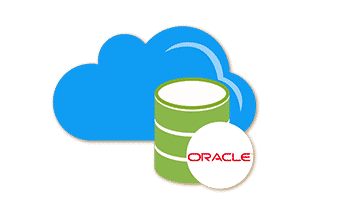Oracle Course - DBA OCA OCP
Oracle Course training is one of the most sought-after training courses offered by Smeclabs. Oracle training course offers any graduate a stepping stone into the field of Oracle based development and management. The labs span an area of 1500 square feet. The classes are handled by experienced faculties who have work experience in core development fields in IT industries. Oracle is one of the modern day software that acts as the basis for development and development in every IT Industry.
Ratings 4.5 - 1982 Reviews
★★★★★ 4.5/5
























